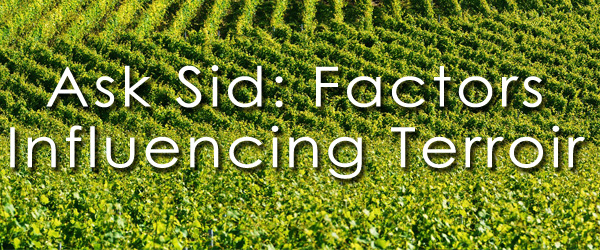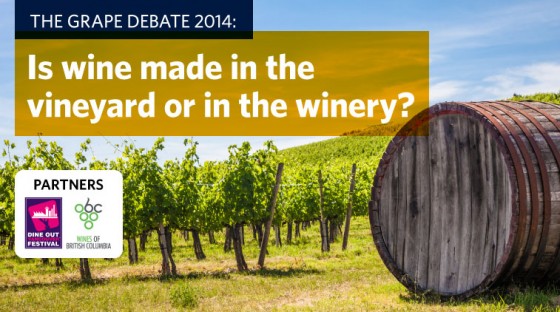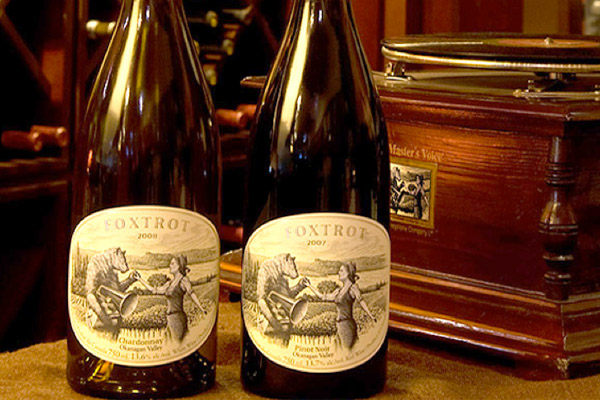 |
 |

Question: Liked your blog this week Sid pointing out how the growing interest in terroir is stimulating more vineyard mapping. You noted 3 important factors “of soil types, of exposures, and of altitudes” and I wondered which one of those you consider to be the most important.
Answer: Thanks for your kind words. The distinct terroir of any vineyard is difficult to define because it is an amalgam of many complex contributing elements. The 3 you point out are all important but I vote for soil first among those. Look at the influence of Kimmeridgean soil in Chablis for Chardonnay, sandy soil in Barolo Cannubi for Nebbiolo, deep clay in Pomerol for Merlot, gravel in Pauillac for Cabernet Sauvignon, granite in Beaujolais for Gamay, slate in the Mosel for Riesling among so many others. I believe climate or really microclimate is probably the most important factor of all. Climate influences the grape in so many ways including sun, temperature highs, lows and ranges, wind, rain, hail, frost, hours of daylight etc. Everyone is now watching carefully how our changing world climate is affecting the established terroir of all vineyards.
You might also like:
 |
 |
 |
Terroir is clearly the most complex element in wine production. Recently, I have read two reports of scientific research identifying unique soil micro-organizms found in in specific vineyards, the traces or derivatives of which that were found in the resulting wine produced from the same vineyards. The scientists speculated that these micro-organisms could be a unique source of resulting flavors and aromas found in the wines made from grapes grown in these vineyards. Although it would take years of study and additional research prove this hypothesis, it just adds more emphasis and complexity to the notion of the importance of terroir. It makes me kinda I wish I was only 20 years old!